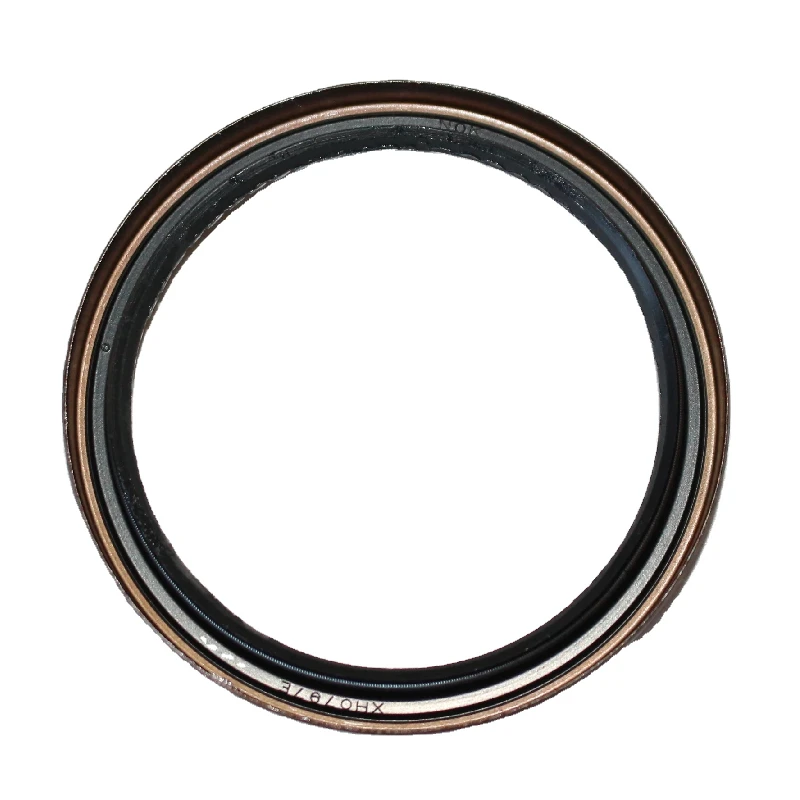diff axle seal
Understanding Differential Axle Seals Importance, Signs of Wear, and Replacement
Differential axle seals play a crucial role in the overall function and longevity of your vehicle's drivetrain. Positioned at the ends of the axle, these seals are designed to keep the lubricant inside the differential while preventing dirt, debris, and water from getting inside. This write-up explores the importance of differential axle seals, how to identify signs of wear, and the steps involved in their replacement.
Importance of Differential Axle Seals
The differential is responsible for allowing the drive wheels to turn at different speeds, especially during cornering. This mechanism has to operate smoothly and efficiently, for which the differential fluid, or gear oil, is essential. Differential axle seals are critical in maintaining the integrity of this fluid. If the seals fail, the fluid can leak out, leading to insufficient lubrication, increased friction, and potentially catastrophic damage to the differential components. Additionally, if contaminants enter the differential, they can cause considerable wear, impacting the entire vehicle's performance.
Signs of Worn or Damaged Seals
Recognizing the signs of worn-out differential axle seals early can save you from expensive repairs and ensure your vehicle runs smoothly. Here are some common symptoms that indicate you may need to inspect or replace your differential axle seals
1. Fluid Leaks The most obvious sign of a seal failure is a leak under your vehicle. Differential fluid is typically brown or dark red. If you notice this fluid pooling beneath your car, it’s essential to investigate further.
2. Unusual Noises If you hear grinding, whining, or clunking sounds coming from the differential while driving, it may signify that the lubricant levels are low due to seal failure.
3. Burning Smell Overheating due to insufficient lubrication can create a burning smell. If you notice this odor, it’s crucial to address it immediately, as it can lead to further damage.
4. Increased Play in the Axle If there’s noticeable play when you wiggle the axle, it may mean that the seals are no longer providing a tight fit, compromising the differential's integrity.
Replacing Differential Axle Seals
diff axle seal

While replacing differential axle seals may seem daunting, with the right tools and knowledge, it is a manageable task for many vehicle owners. Here’s a step-by-step guide
1. Gather the Necessary Tools You will need socket sets, screwdrivers, seal pullers, and a torque wrench. Make sure to have replacement seals and differential fluid ready.
2. Lift the Vehicle Use a jack to raise the rear of the vehicle and secure it with jack stands. This will provide you with ample space to work.
3. Remove the Wheel Take off the wheels on the side you’re working on to access the axle and the differential.
4. Detach the Axle Assembly This involves removing bolts and possibly disconnecting the brake components depending on your vehicle’s design.
5. Replace the Seals Carefully use a seal puller to remove the old seals. Ensure the surfaces are clean before installing the new seals. Press them gently into place, ensuring they are seated properly.
6. Reassemble Once the new seals are in, reattach the axle assembly and wheel, then refill the differential with the appropriate fluid.
7. Test Drive After completing the replacement, take your vehicle for a test drive to ensure everything operates smoothly and check for leaks.
Conclusion
Differential axle seals may be small components, but they are essential for the smooth operation of your vehicle. Regular inspections and timely replacements can significantly extend the life of your differential and overall driving experience. If you suspect issues with your axle seals, it’s crucial to address it quickly to avoid more extensive damage and costly repairs down the road. Remember, preventative maintenance is key to keeping your vehicle in optimal condition.
-
Understanding Automotive Oil Seals: Essential Components for Engine and Shaft Protection
News Jul.30,2025
-
The Importance of Heavy Duty Seals in Industrial and Residential Applications
News Jul.30,2025
-
Exploring Industrial Oil Seals: From Felt Oil Seals to TTO and CFW Solutions
News Jul.30,2025
-
Essential Guide to Oil Seals: From Radial to Metal-Cased Seals for Industrial Reliability
News Jul.30,2025
-
Choosing the Right Oil Seals and Gaskets for Industrial and Automotive Applications
News Jul.30,2025
-
Cassette Seals: Durable Sealing Solutions for Harsh Environments
News Jul.30,2025
-
Understanding the Front Main Engine Seal: Purpose, Maintenance, and Installation
News Jul.29,2025
Products categories















